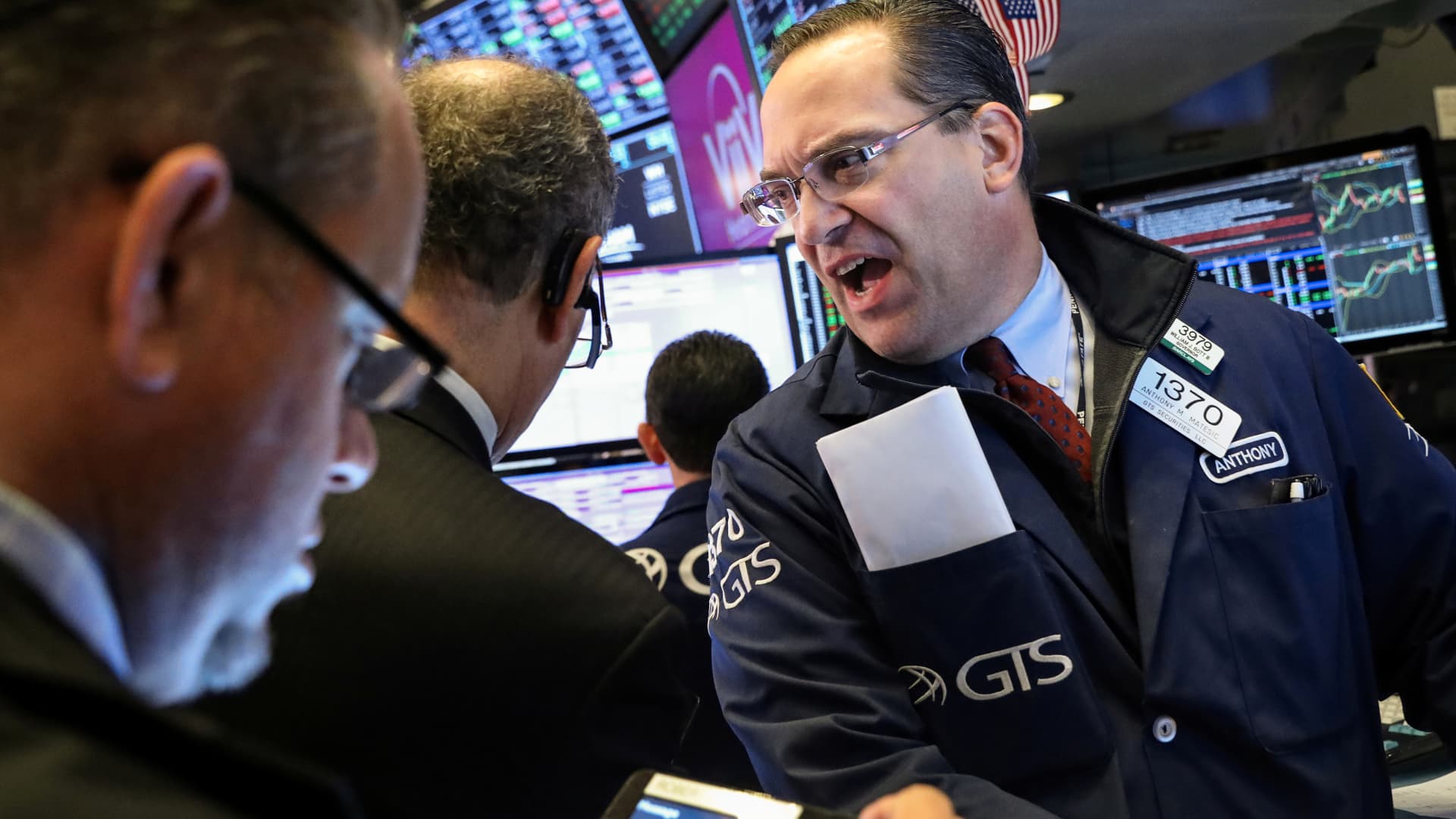When is the next stock market crash taking place?
It’s a question I get asked often since I wrote “A History of the United States in Five Crashes – Stock Market Meldowns That Defined a Nation.” Until now, I’ve always been able to counsel that stock market crashes are comfortingly rare events that only occur when elements align, and that a crash is unlikely in the near future. Is this still the case? Let’s discuss.
It’s always helpful to examine the elements that foster a crash. The first is a frothy stock market.
It is no accident that the first modern stock market crash, the Panic of 1907, occurred after the biggest two-year rally in the history of the Dow Jones Industrial Average. The benchmark gained 95.9% from 1905 to the end of 1906. The crash in 1929 occurred after the second-largest two-year rally ever, up 90.1% from 1927 to 1928. More recently, the S&P 500 was up 43.6% for the year on Aug. 25, 1987, and the largest crash in history occurred 38 trading days later wiping away all those gains and more.
The second element for a potential crash is rising interest rates. It was the Federal Reserve that pushed short term interest rates from 1% in May 2004 to 5.25% in September 2006 and unsettled the shadow economy — while making stocks less attractive as you could make a decent return with no risk by buying T-bills.
The third element is some newfangled financial contraption that injects leverage into the financial system at the worst possible time. In 1987, it was the ill-named portfolio insurance — which was really just a scheme to sell stocks or stock index futures in increasing numbers as the market fell. In 2008, it was mortgage-backed securities and their metastatic offspring such as collateralized debt obligations, collateralized loan obligations and credit default swaps. During the 2010 Flash Crash it was naïve algorithmic trading and the even more naïve institutional users who again failed to think about capacity issues.
The most capricious element is a catalyst. That often has nothing to do with financial markets. In 1907, it was the San Francisco earthquake. During the Flash Crash, it was turmoil in the euro zone that nearly resulted in the collapse of the common European currency. Sometimes the catalyst is legal or geopolitical.
But, for the first time in more than a decade, the elements for a crash are aligning. This certainly doesn’t mean one is inevitable. The elements are necessary, not sufficient, but they’re there.
The S&P 500 has rallied 140% since March 2020, and its forward price to earnings ratio is now 20.3. This is only the second time it’s been above 20 since 2001, FactSet data shows.

Interest rates have stopped their climb, but the yield on the 10-year Treasury has quadrupled over the last three years. Now, expectations for lower rates are evaporating; option traders would call that a synthetic rate hike.
There’s no telling if there will be a catalyst, but since the catalyst for the 1929 crash was legal and the one for the 1987 crash was geopolitical, we’re primed.
Finally, we come to the contraption. Historically the risk generated by the new contraption that fuels a stock market crash has been both opaque and enormous in size while seasoned with a dash of leverage. That’s why I’ve always said it’s unlikely to be crypto; there’s not enough leverage. But now we’re faced with a collapse in the private credit market, which is essentially hedge funds serving as banks and making loans.
The private credit market is huge – some estimate it is as large as $3 trillion in the United States alone. There’s a reason these private borrowers don’t turn to traditional banks – they’re usually riskier than a traditional bank wants to deal with. The International Monetary Fund in April warned about private credit by saying: “Rapid growth of this opaque and highly interconnected segment of the financial system could heighten financial vulnerabilities given its limited oversight.” That’s a heck of a contraption the hedge funds have there: enormous, risky, opaque and highly interconnected. It sounds frighteningly familiar.
So how does the prudent investor respond? Not by dumping all your stocks and climbing into a bunker. That’s generally what happens after a crash, investors swear off stocks for a decade or lifetime and miss all the later gains. It’s not by speculating on a crash. it’s both expensive and impossible to pick a top and even if you do, you also have to pick the subsequent bottom at a time when fear dominates, and greed disappears.
Fortunately, the things that do work are simple and straightforward. Do you have the right sort of diversification? A traditional 60/40 portfolio still works, and it would be easy, given this year’s price action, to be overweight stocks and underweight the bonds that benefit from a crash-induced flight to quality.
Are you overweight this year’s highest fliers? Congratulations if you are, it means you’ve done well. But the S&P 500 Index is up 12% this year while the S&P 500 Equal Weight Index is up just 4%. That means the biggest names and highest fliers are responsible for the bulk of the market’s gains this year.
Finally, stick with your plan. Looking back, all those crashes seem like wonderful buying opportunities. That’s because the American stock market is the place to be, even if it’s occasionally painful.
Scott Nations is president of Nations Indexes, Inc.
